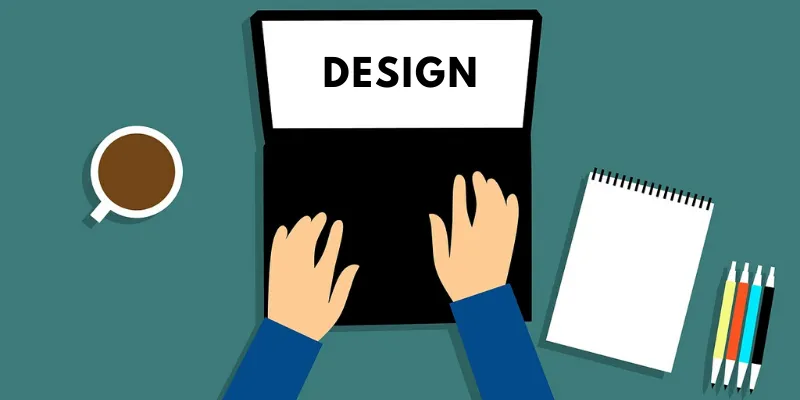In a world of clutter, here’s how you can aim for clean design
Clean design aims to build without clutter – putting the message loud and clear. Here’s how and why it is the future of designing across mediums, both online and offline.

The world is already messy as it is. Why add cluttered design to it? There’s a reason why everyone from Mitsubishi to McDonald’s is adopting clean design – it’s more than a fad.
In a world where inclusivity and customer-centricity are key brand concerns, clean design helps bring your message to the wider world in a way that’s easy, accessible, and consistent.
What is clean design
Clean design is a design approach that’s free of clutter. Being clutter-free can mean a number of things across different media – websites, print ads, and posters all have different kind of clutter.
To understand clean design, we need to understand what clutter is first. All visuals convey messages. For example, a red traffic light tells you to stop – it’s a single, unambiguous message.
A traffic light cannot be further simplified without fundamentally altering its message. It is completely free of clutter.
What does this say about clutter in design? Clutter is any aspect of a visual that can be removed without significantly altering the messaging.
Design minus clutter
Clean design means putting the message front and centre by removing the unnecessary clutter around it. Here’s a simple thought exercise – take a look at any one of your brand visuals – a poster, a website, a mobile app, or an Instagram post.
Identify the key message.
- What is that visual trying to convey to the audience?
- What text conveys the key meaning?
- What colours convey the key meaning?
- What graphics convey the key meaning?
Once you’ve identified these, subtract everything else. You’re left with a clean, unambiguous, accessible message, and little else.
Why aim for clean design
Time is valuable to everyone. A study by Microsoft indicates that the average human attention span declined from 12 seconds in 2000 to just eight seconds in 2013.
In 2020, that figure is likely to be even lower.
A cluttered design forces users to waste valuable time processing and engaging with design elements that don’t actually tell them anything. This can result in the visual’s message being muddled or not breaking through to the user at all.
Clutter has real-world implications. A cluttered website could have a high bounce rate, meaning fewer viable leads.
A cluttered software user interface could lead to increased customer support costs. A cluttered PowerPoint presentation could confuse and bore decision-makers.
Clean design cuts through the clutter and gets your message to people while their attention’s still on your visual.
Conclusion
It is easy to mistake clean design for a design fad – major brands across industries use clean design for their visuals. Implementing clean design can invigorate your brand identity.
However, it’s important to plan out a strategy to deploy it. In order to succeed at clean design like you need to have a clear understanding of two things. Firstly, what’s the message each of your visuals is trying to convey? Secondly, what’s the message at the heart of your brand identity?
(Edited by Saheli Sen Gupta)
(Disclaimer: The views and opinions expressed in this article are those of the author and do not necessarily reflect the views of YourStory.)








